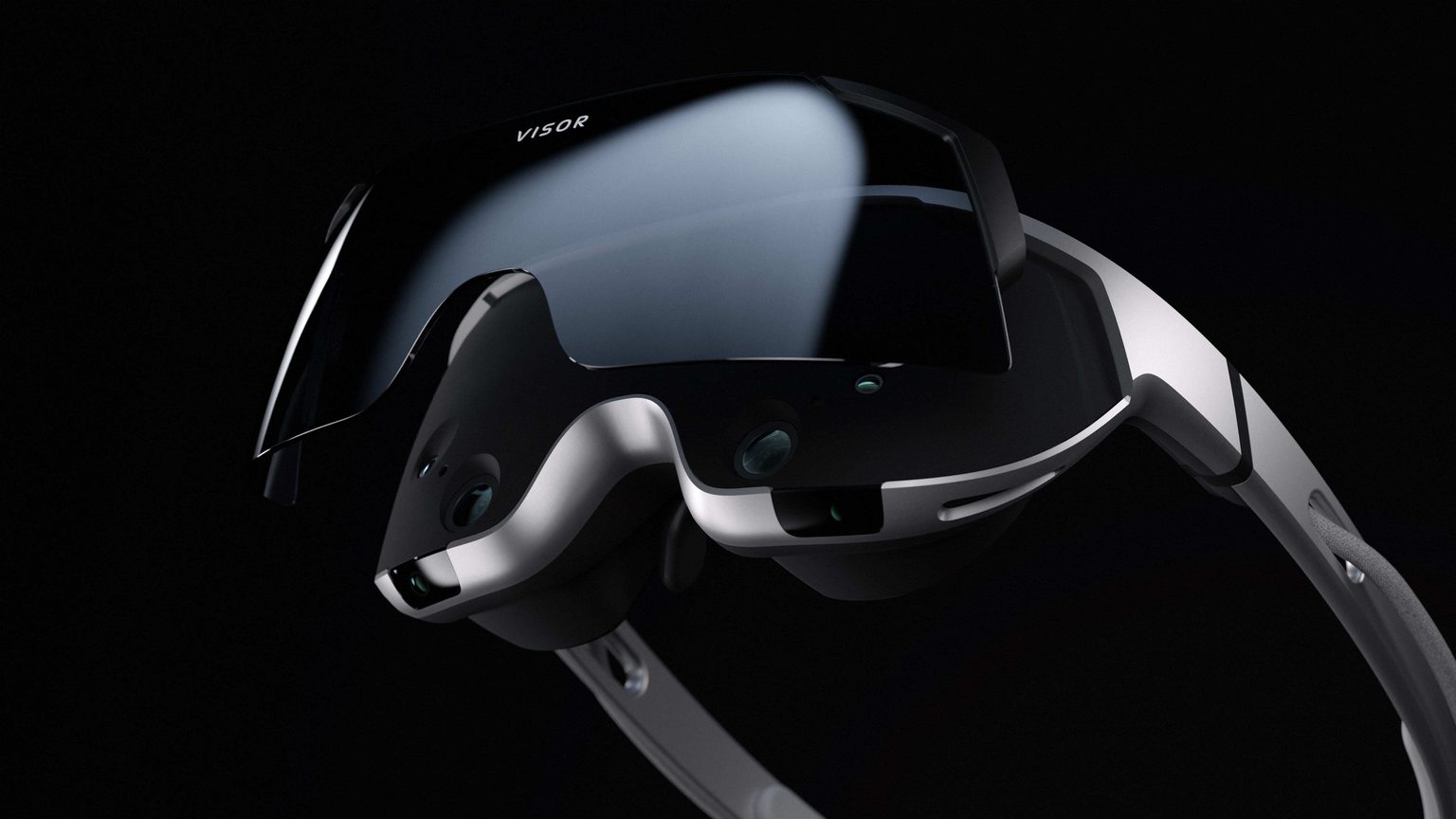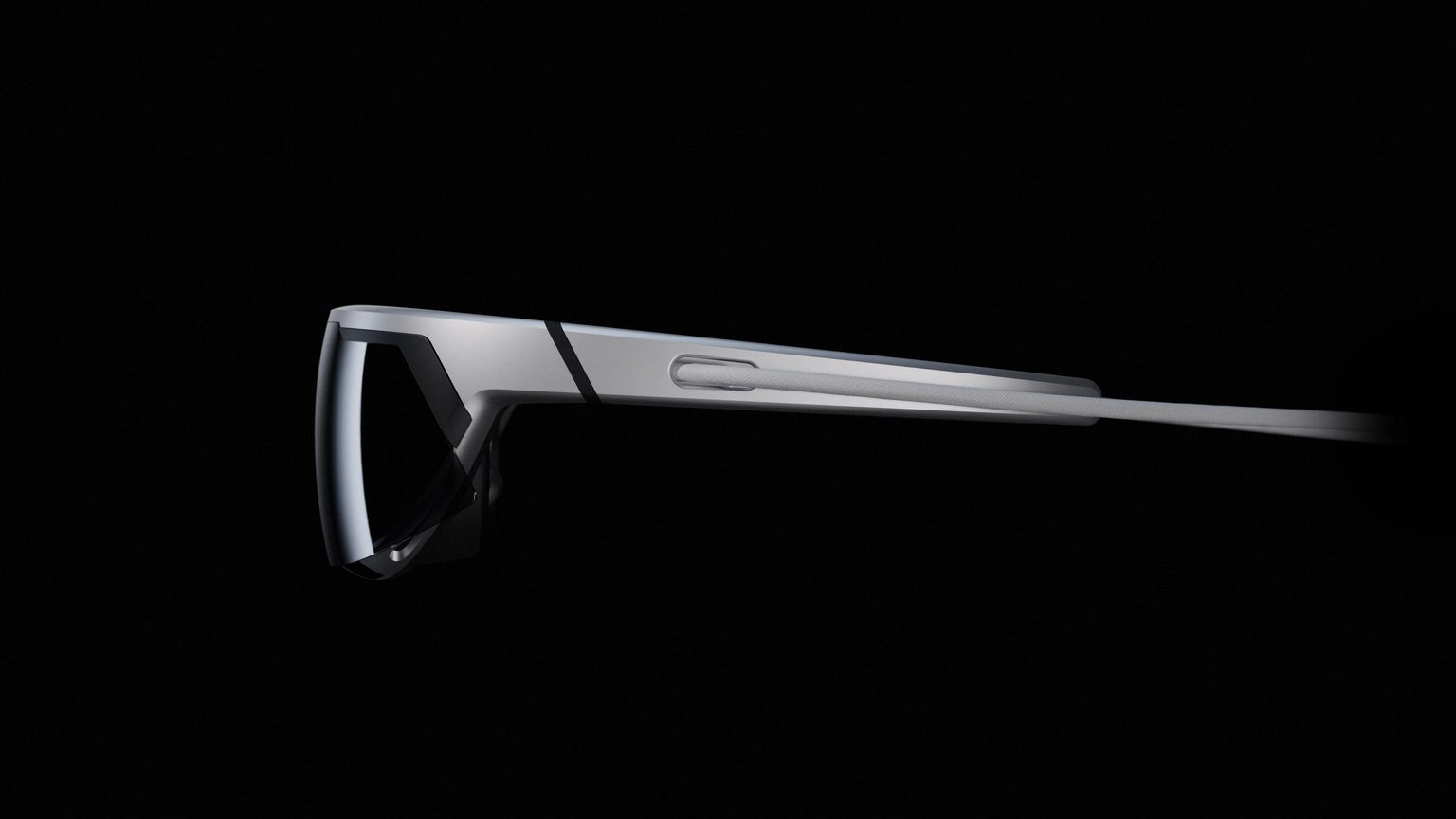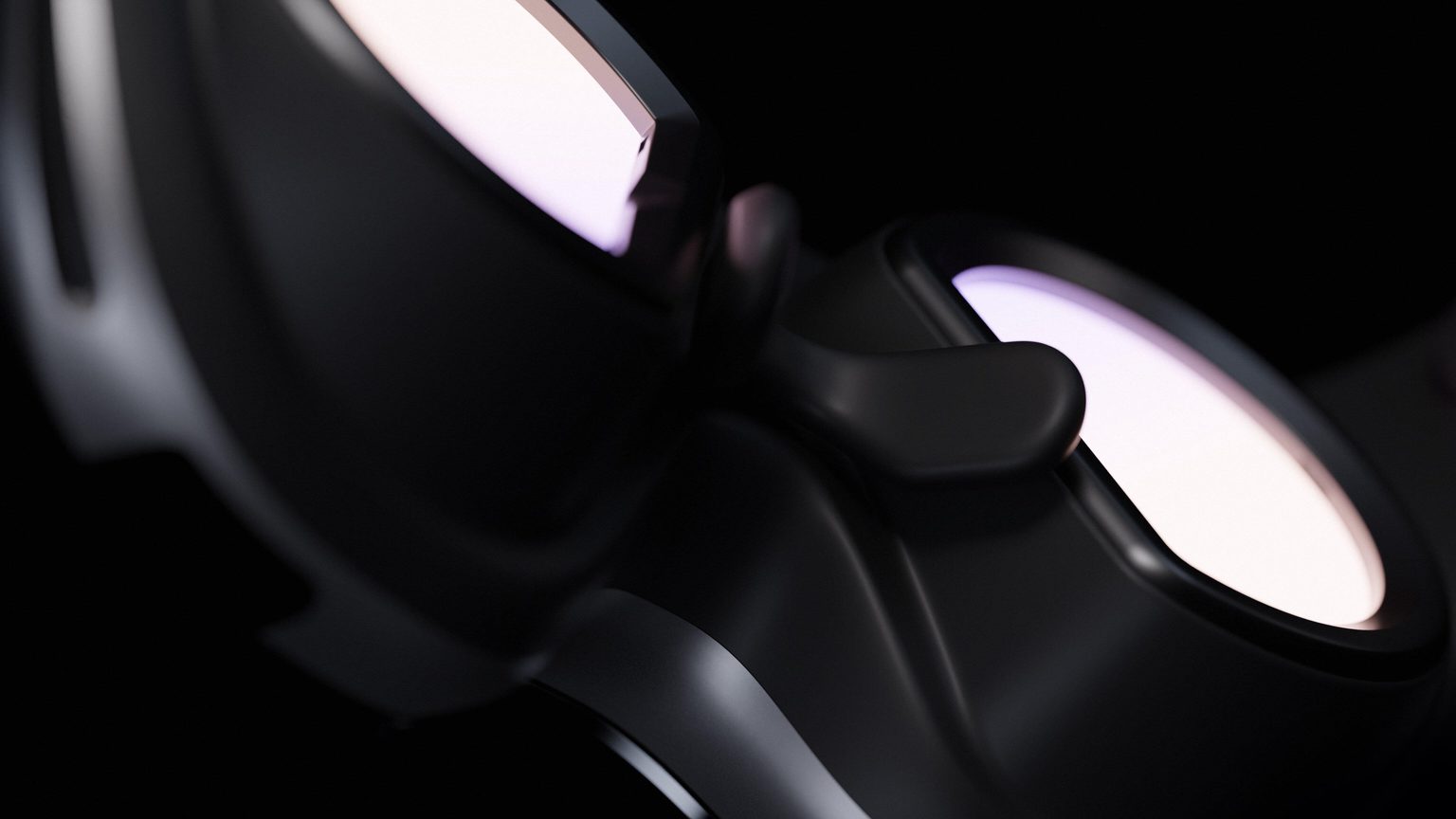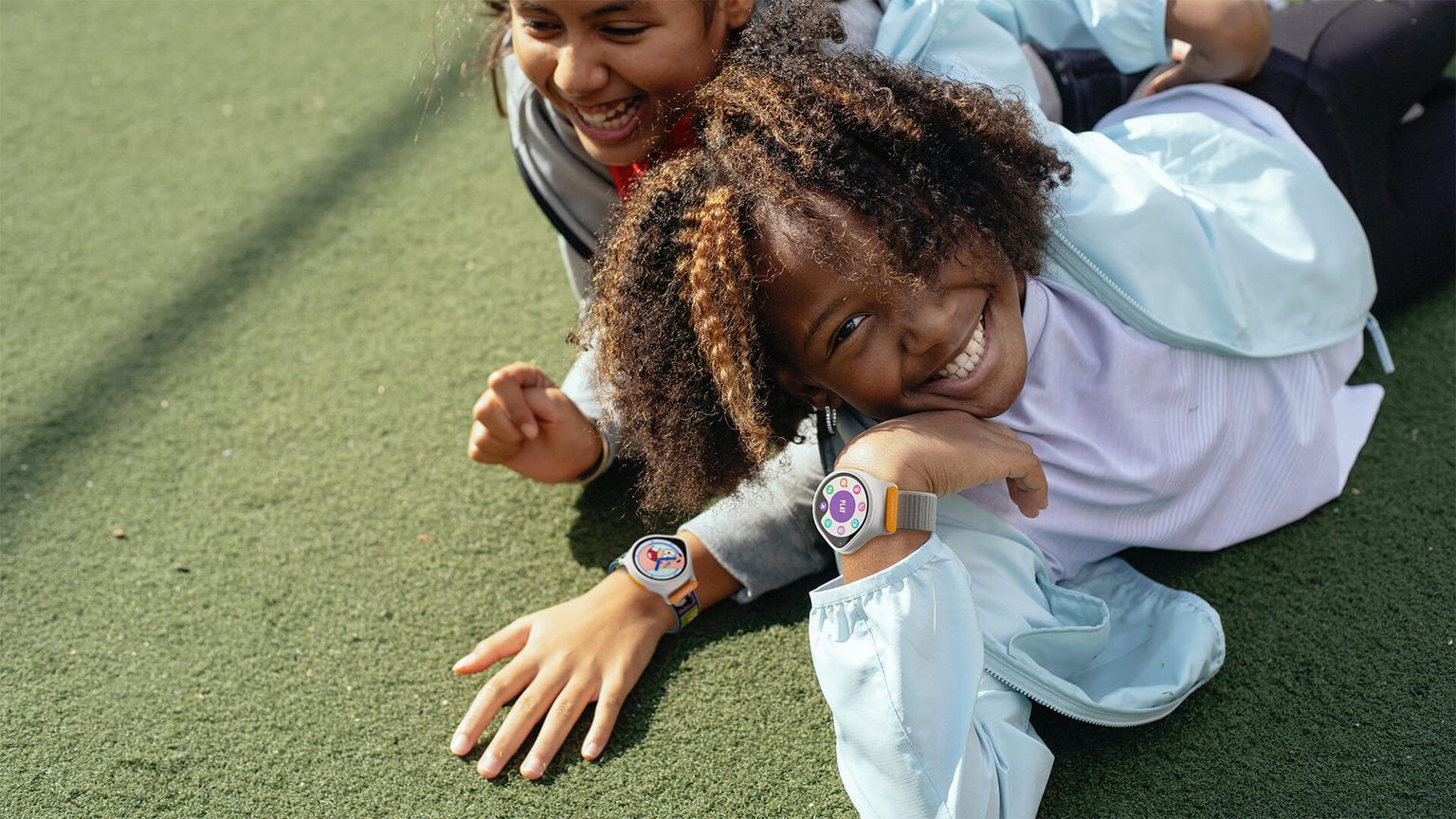
Technology
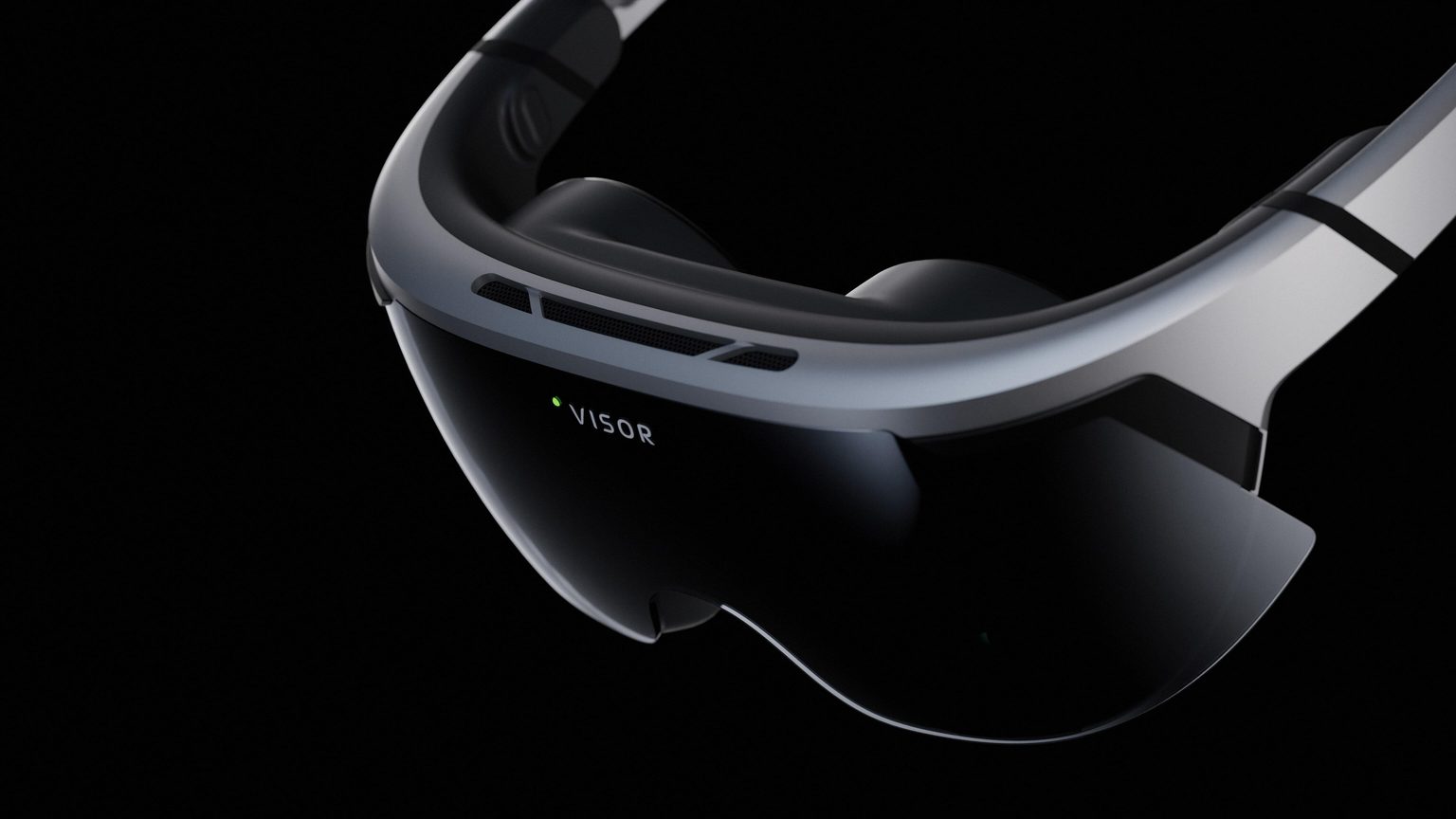
Immersed | Visor
Category
Expertise
To revolutionize productivity through spatial computing, Immersed partnered with Teague to create the world’s most compact and desirable 4K VR headset.
Challenge
For decades, our professional lives have been tethered to screens. Laptops, smart phones, and tablets are standard office fare, and their finite displays and keyboards define our experience of work—fumbling between open tabs, or contorting our fingers into QWERTY shapes. Spatial computing offers an alternative model, with wearable devices that seamlessly overlay their interfaces onto the environment. As this technology advances, VR/AR could be the productivity disruptor, upsetting the longtime symbiosis between work and the 2D. But where Macbook and iPhone hardware excel in their elegance and mass-appeal, headset design has been notoriously difficult to get right, often regarded as a niche device for enthusiasts.
In the field of VR software, Immersed had already cemented its position as a leader, with an eponymous productivity app that boasts over 1.2 million unique users. However, spotting an opportunity to address long-standing gaps in the VR hardware market, Immersed chose to pursue headset development for the first time and embrace a holistic ecosystem approach to their products. As a start-up with a focused team of highly-skilled software engineers, competing with industry behemoths like Apple and Meta would be no easy task. To execute their vision, Immersed tapped Teague as their design and development partner. The concept: a next-generation VR headset that will revolutionize and humanize the way we work.
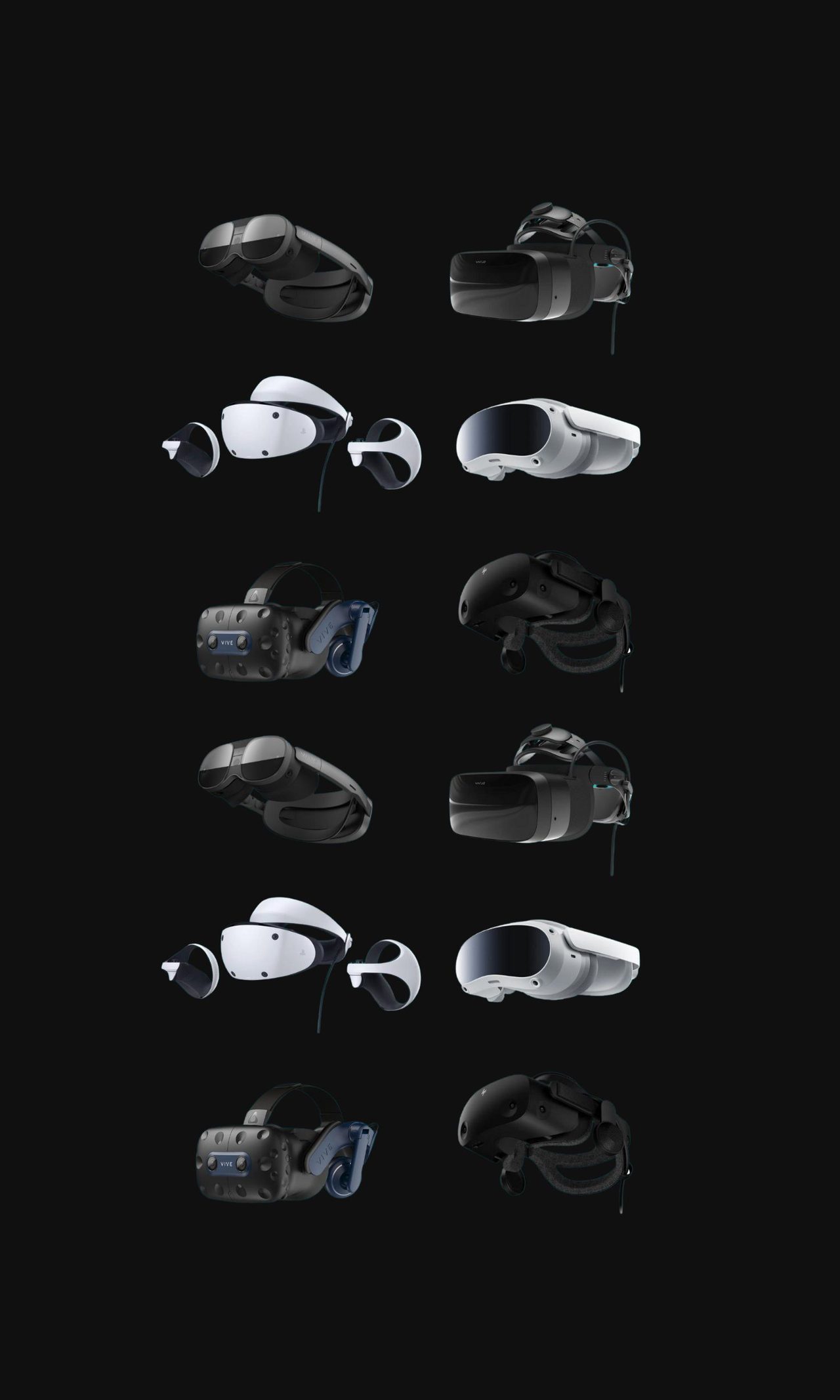
APPROACH
To kick things off, Teague’s design team collaborated with Immersed and their engineering partner, Igor Institute, in a focused 4-week design sprint. Our team chose a highly flexible and specialized approach, relying on basic 3D modeling over concept sketches.
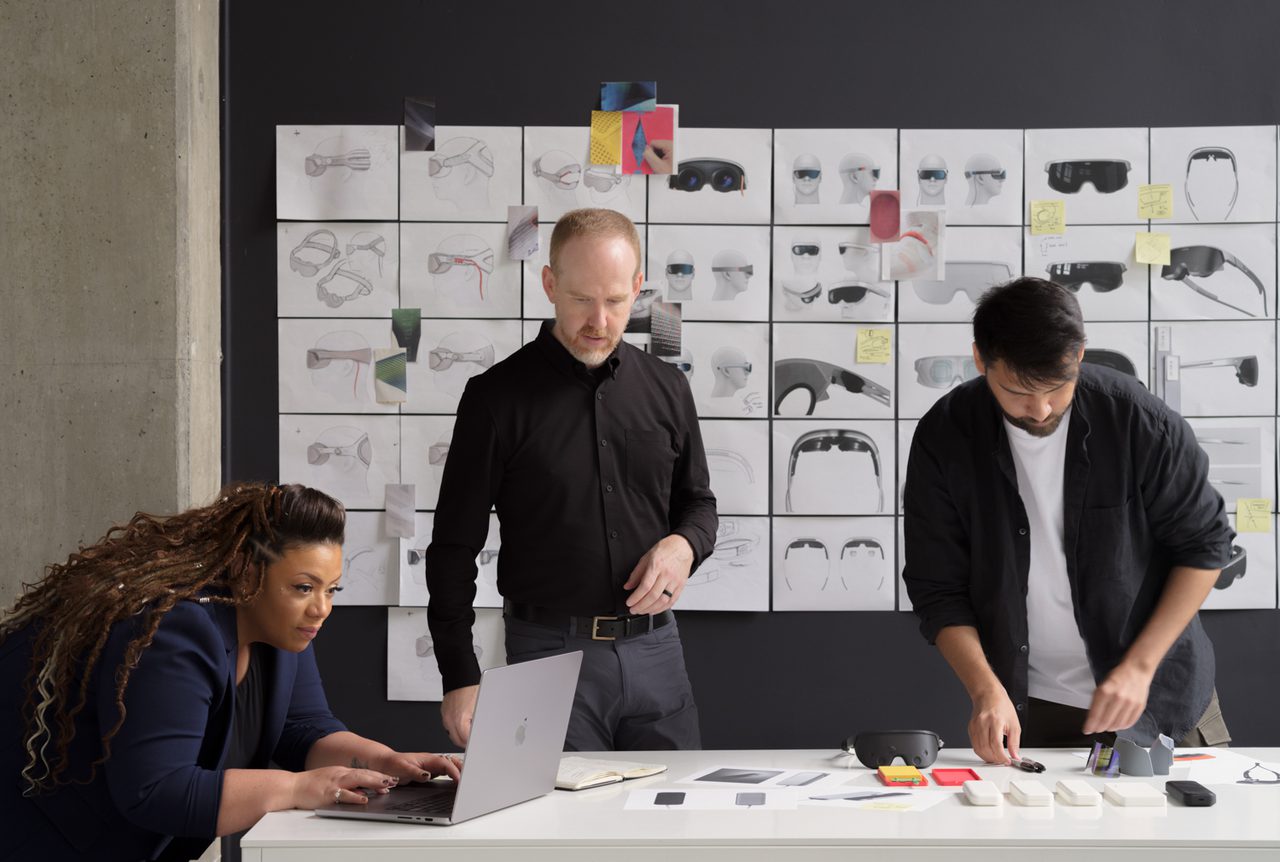
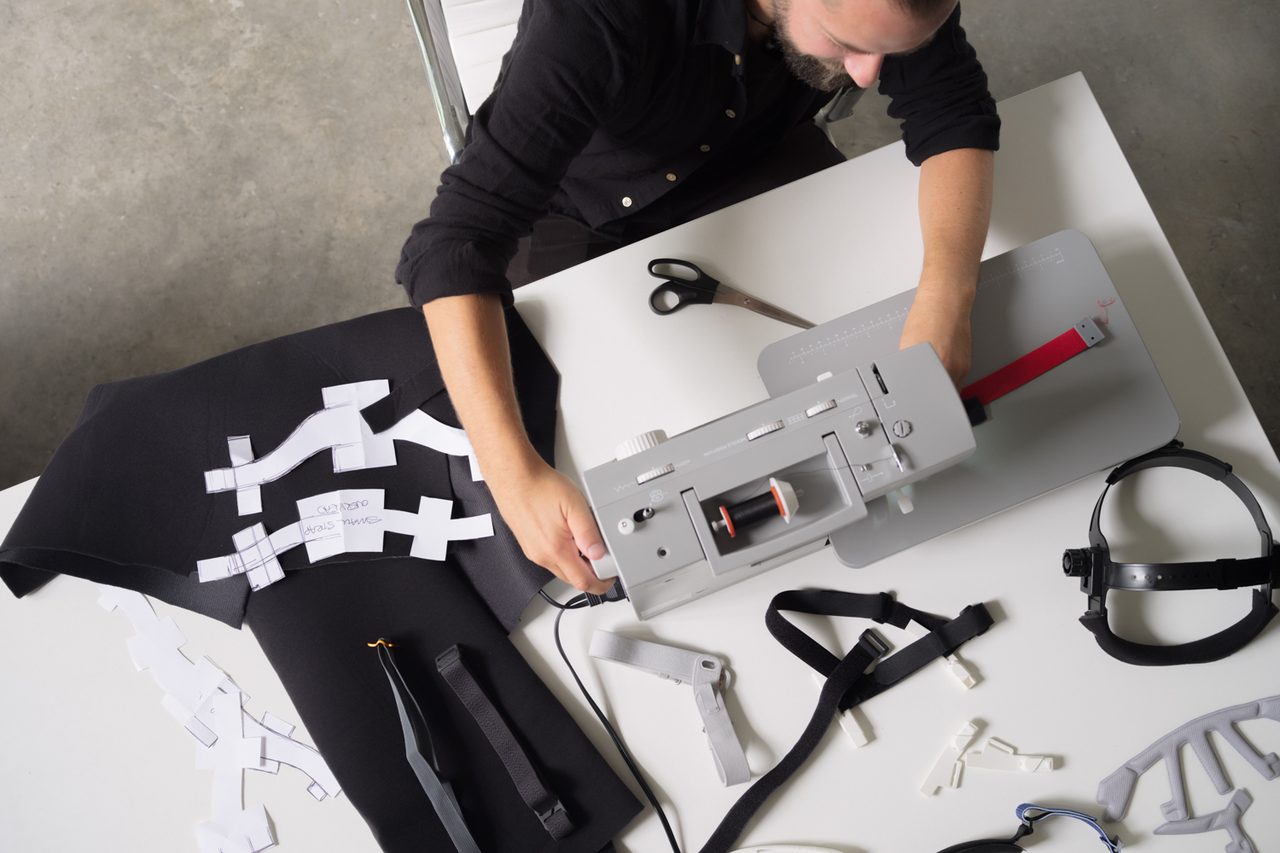
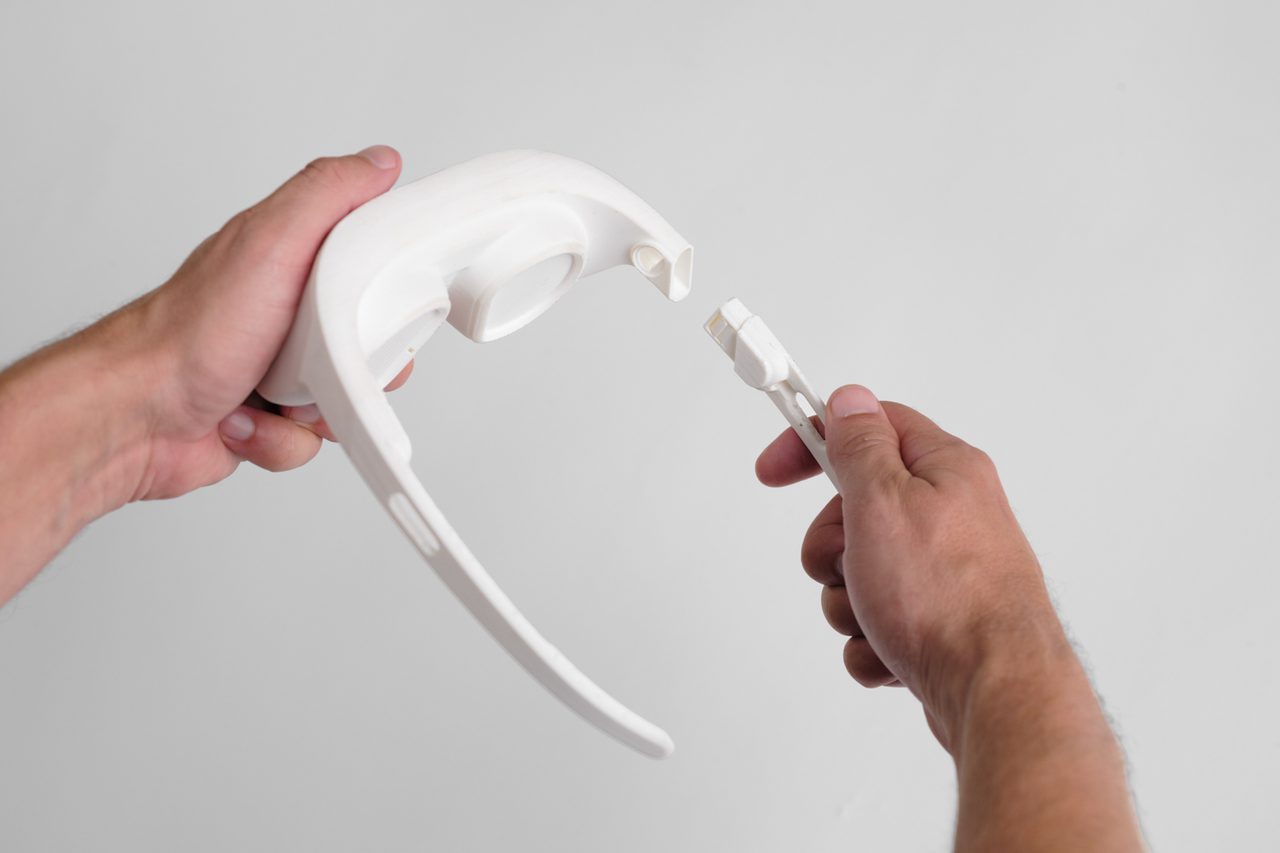
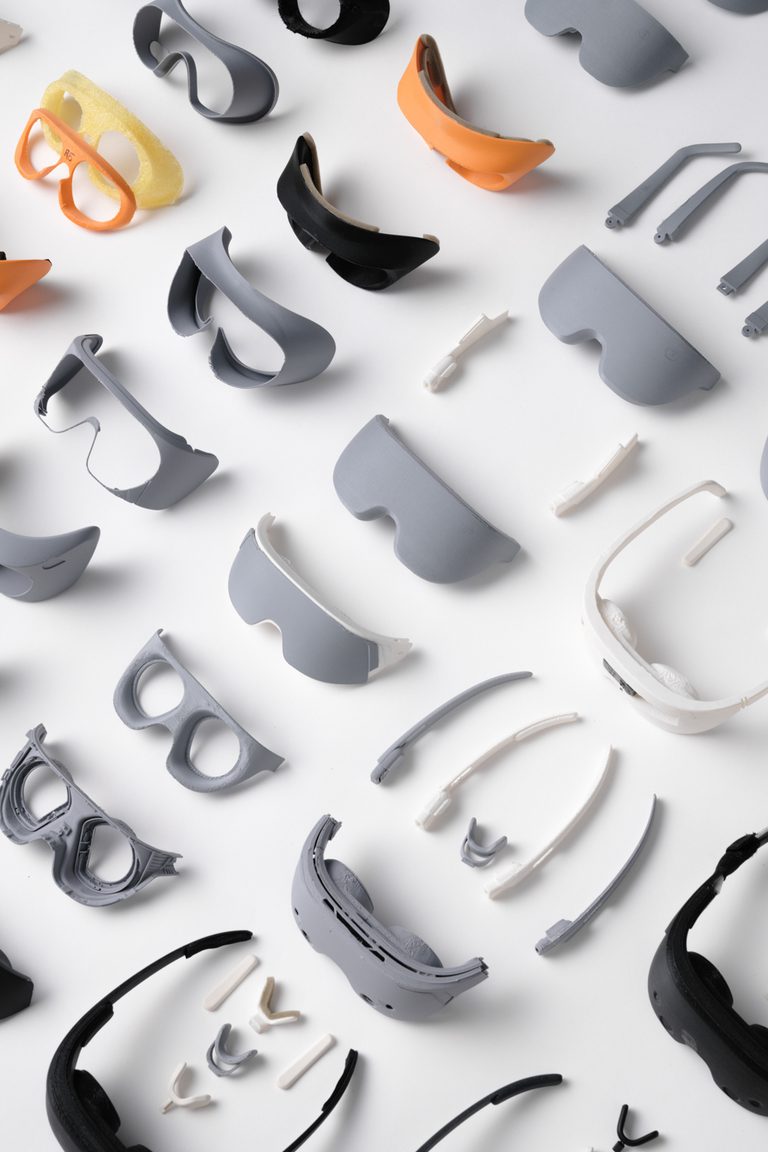
To power hyperfocus, the Visor needed to be suitable for all day use—comfortable, lightweight, and easy to put on and remove, unlike other VR headsets on the market today. As a lifestyle object, it needed to exude sportiness, elegance, and innovation of contemporary fashion.
With a concrete vision for the aesthetics, supported by Igor Institute’s component stack, the design phase progressed from the outside in, maturing in parallel to the Visor’s engineering demands. Through many rounds of iteration, our collaborative team designed and engineered Visor to take the claim of the “world’s smallest 4k headset.”
SOLUTION
Thorough prototyping at Teague’s workshop validated considerations around materials, weight, and customizability. We used clever, cost-effective prototyping tricks to simulate the alpha product during quick phases of iteration—foam moldings instead of silicone when making human factors adjustments; eyewear retainers instead of head-straps when testing fit; and small weights to represent engineering components when making adjustments to pressure points.
This low-fidelity approach enabled lightning-fast validation of design ideas, paving the way for higher-fidelity models. As a result, the development of Visor is among the quickest VR hardware production cycles to date.
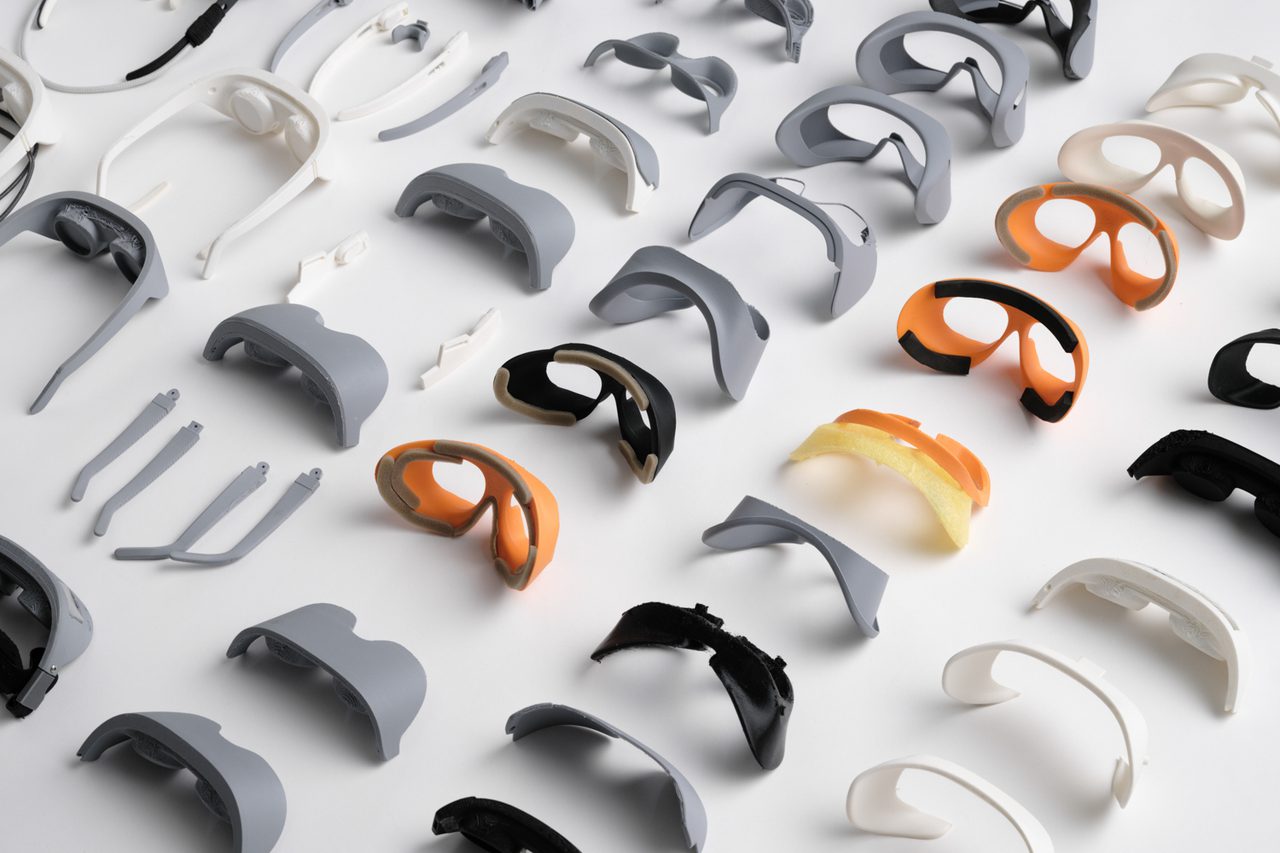
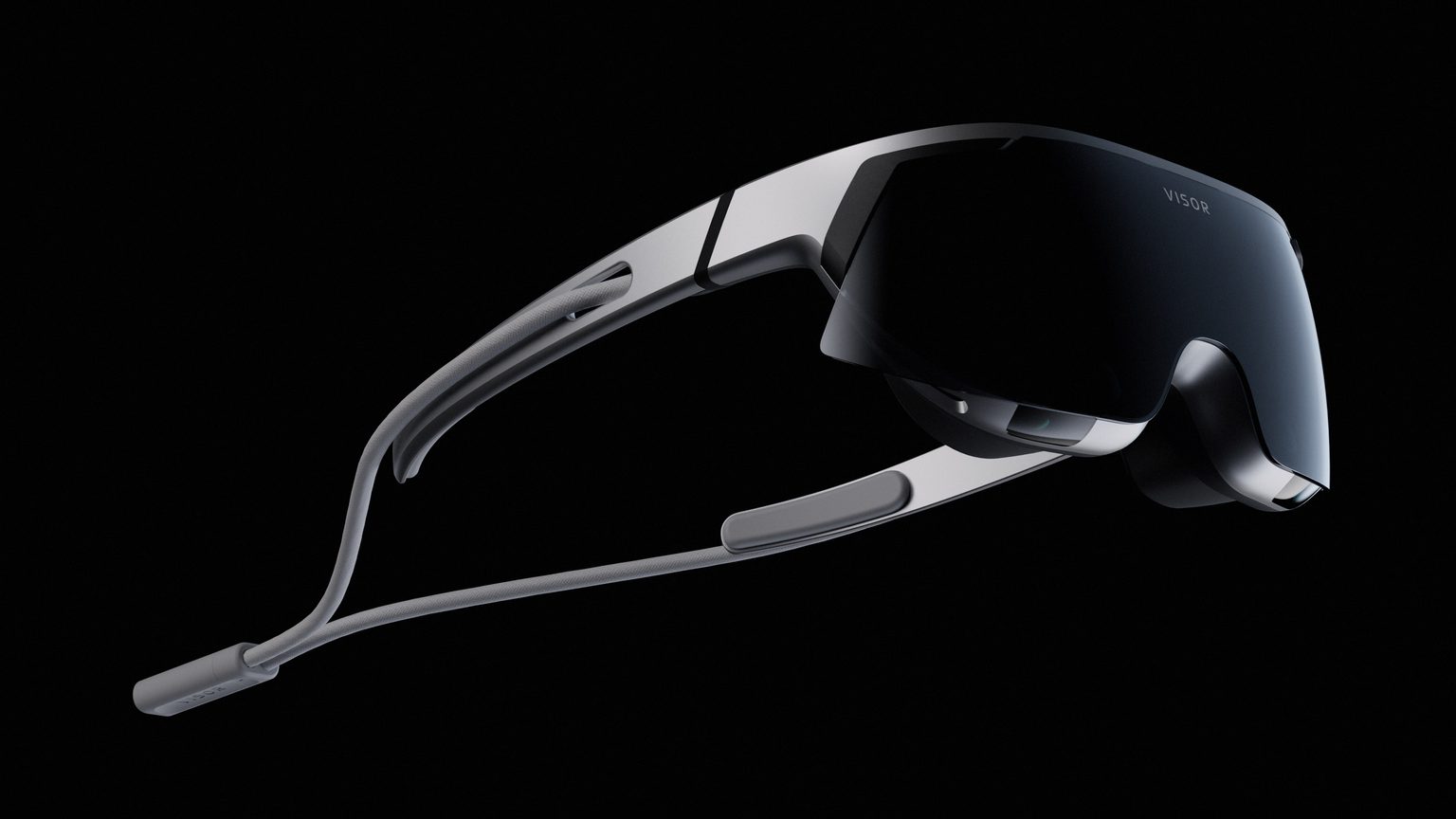
results
As new modes of digital engagement are explored with greater conviction, Visor crystallizes Immersed’s vision of digital collaboration and a decluttered desk. Visor redefines VR hardware, offering cutting-edge spatial computing in an exceptionally condensed, wearable design. It’s stylish, comfortable, and desirable, integrating into the work day—whatever it may demand.
